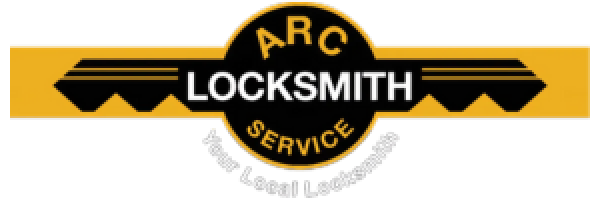The Earned Income Tax Credit (EITC) for tax year 2024 (the return you file in 2025) tops out at $7,830 for filers with three or more qualifying children.
Smaller credits apply to households with fewer or no qualifying children.
The EITC is a refundable credit, so if it’s larger than your tax bill, the difference is paid to you as a refund.
Who Qualifies For The EITC In 2025 (Filing 2024 Taxes)
To claim the EITC on your 2024 return filed in 2025, you must meet these core rules:
- Earned income required: W-2 wages, certain self-employment income, or other qualifying earned income.
- Valid Social Security numbers: You, your spouse (if filing jointly), and any qualifying children must have SSNs valid for employment by the return due date.
- Filing status: Married Filing Separately generally does not qualify.
- Investment income limit: Must be $11,600 or less for 2024.
- Residency & age (no-child EITC): If claiming without a qualifying child, you must be at least 25 but under 65 at year-end and live in the U.S. for more than half the year.
- Qualifying child rules: The child must meet relationship, age/student/disability, residency, and no-duplicate-claim tests.
EITC Amounts And Income Limits (Tax Year 2024 → Filed In 2025)
Use this table to see the maximum credit and the upper income limits (Adjusted Gross Income / earned income) to still qualify.
If you meet all rules and your income is within these caps, you may be eligible.
| Qualifying Children | Max EITC (2024) | Income Limit (Single/HOH/QSS) | Income Limit (Married Filing Jointly) |
|---|---|---|---|
| 0 | $632 | $18,591 | $25,511 |
| 1 | $4,213 | $49,084 | $56,004 |
| 2 | $6,960 | $55,768 | $62,688 |
| 3+ | $7,830 | $59,899 | $66,819 |
Tip: Your actual credit phases in as earnings rise, then phases out after the thresholds above. The maximum applies only within a specific earnings band for each family size.
Payout Dates- When EITC Refunds Typically Arrive
The PATH Act requires the IRS to hold refunds on returns claiming EITC (and/or the Additional Child Tax Credit) until mid-February. After that hold lifts, timing depends on how you filed:
- E-file + Direct Deposit (no issues): Many early filers see refunds in late February to early March.
- Paper return or issues detected: Expect additional processing time.
- Most accurate status updates are in Where’s My Refund? once the IRS accepts your return; many refunds (not on PATH hold) issue in about 21 days after acceptance, but EITC returns face the mandatory mid-February hold first.
How To Avoid Delays And Maximize Your Credit
- E-file and choose direct deposit for the quickest delivery after the PATH hold.
- Double-check that all SSNs and names match Social Security records.
- Confirm you meet the residency, age, and relationship tests for any qualifying children.
- Keep investment income ≤ $11,600 for 2024 to stay eligible.
- If self-employed, report accurate income and expenses; mismatches can trigger reviews.
What About 2025 Amounts (Filed In 2026)?
EITC amounts are inflation-adjusted annually.
For planning, expect modest increases next year, but always base your filing on the official IRS tables for the specific tax year you’re filing.
For the 2025 filing season, the headline $7,830 EITC applies to tax year 2024 returns with three or more qualifying children.
Your actual refund depends on earned income, filing status, number of qualifying children, and staying under the $11,600 investment-income limit.
Because of the PATH Act, EITC refunds don’t go out until mid-February, with many early filers receiving money by late February or early March when they e-file and choose direct deposit.
Review the rules carefully to maximize your credit and avoid processing delays.
FAQs
Can I Get The EITC If I Have An ITIN Instead Of An SSN?
No. To claim the EITC, you (and your spouse if filing jointly) must have valid SSNs by the return due date. Children you claim must also have valid SSNs.
Do I Qualify For EITC If I’m Married Filing Separately?
Generally no. Most Married Filing Separately returns are not eligible for the EITC. Consider Married Filing Jointly if you otherwise qualify.
Why Is My EITC Refund Still Delayed After Mid-February?
The PATH hold ends mid-February, but your return can still face processing checks, identity verification, or income matching. E-filing accurately and using direct deposit helps speed things up once the hold is lifted.




